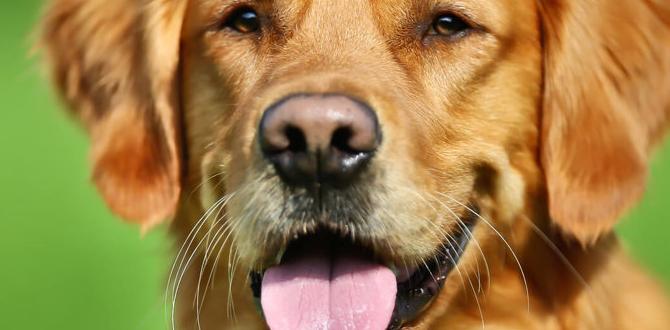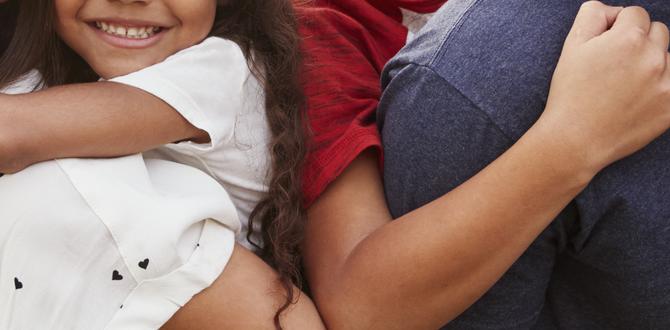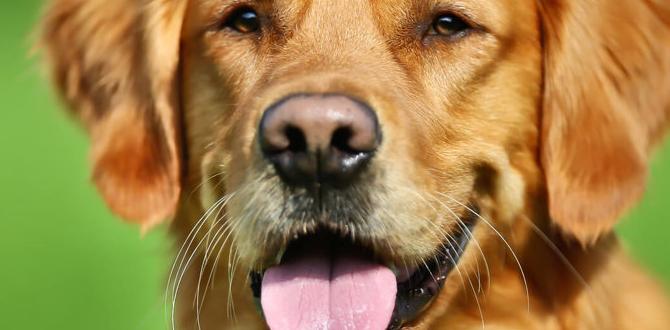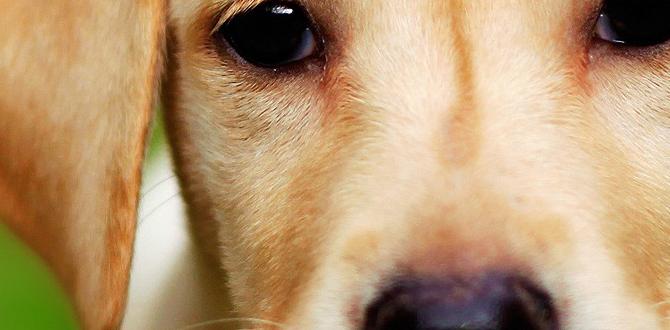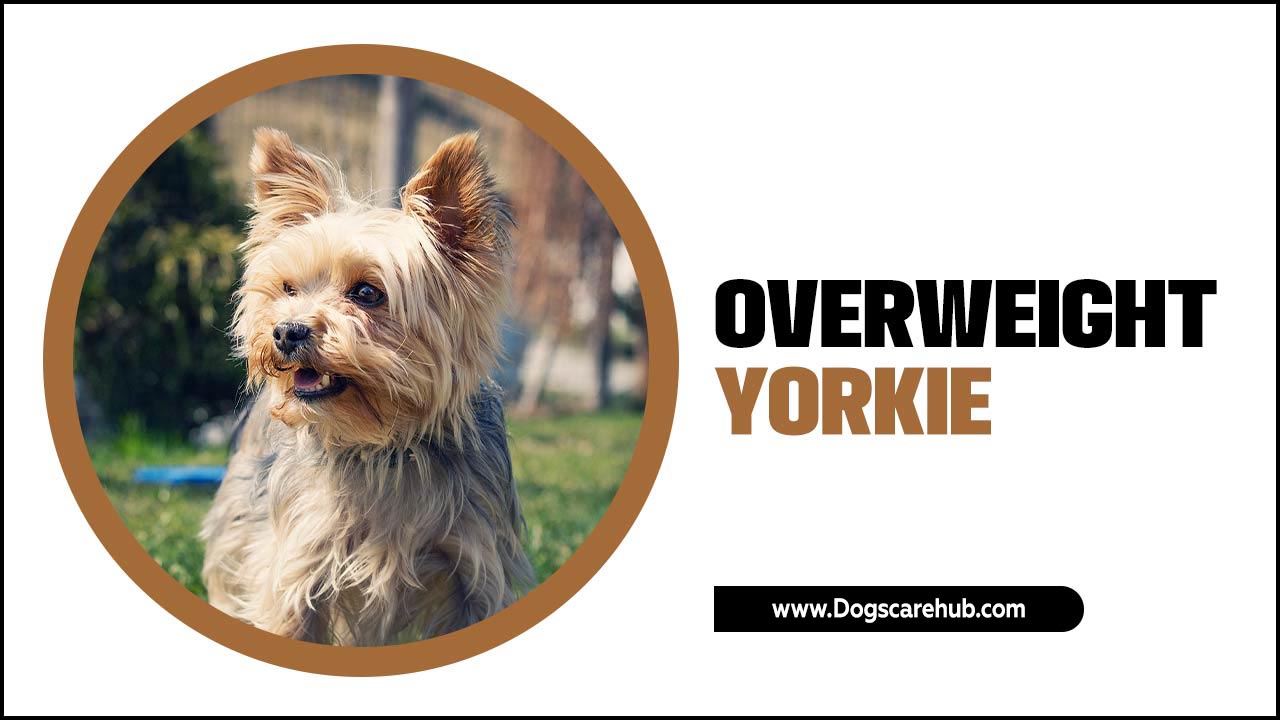Did you know older dogs can learn new tricks? It’s true! Dogs, like humans, never stop learning. But how can we help our older furry friends behave their best? Dog behavioral training in older dogs is the answer. It’s a fun and rewarding way to bond with your pet. Let’s explore how we can make this happen!
Key Takeaways
- Older dogs can learn new behaviors with patience and time.
- Consistency is key in dog behavioral training in older dogs.
- Use positive reinforcement to encourage good behavior.
- Understand your dog’s unique needs when training.
- Training strengthens the bond between you and your dog.
Understanding Older Dogs’ Needs
Older dogs may have different needs than younger ones. They might be slower or have health issues. When you start dog behavioral training in older dogs, consider their comfort. Make sure they’re in a calm and safe environment. Keep training sessions short and sweet. Observe their reactions and adjust your methods if needed. Some dogs might need extra time, but that’s okay! Patience is your best friend.
- Check your dog’s health before training.
- Ensure a distraction-free environment.
- Observe your dog’s body language.
- Adapt techniques to match your dog’s pace.
- Give breaks if your dog seems tired.
Understanding your dog’s health is crucial. Visit the vet to make sure your dog is ready. Each dog is unique, and training should match their needs. Pay attention to signs of stress. A wagging tail is a good sign. If they seem confused, try a different approach. The goal is to make learning fun and stress-free.
Fun Fact or Stats: Older dogs can improve mental health by learning new tasks!
Why Is Health Check Important?
Before starting, consider your dog’s health. Is your older dog active and happy? Or do they seem tired? A quick check-up with the vet can give you answers. Older dogs might have arthritis or poor eyesight. These factors affect training. Knowing their health helps you tailor sessions. It ensures your furry friend’s safety and enjoyment. Remember, a healthy dog is a happy trainee!
Creating a Calm Environment
Imagine trying to learn something new with loud noises around. It’s hard, right? The same goes for dogs. Creating a quiet space helps them focus. Remove distractions like toys and other pets. Choose a time when your dog is relaxed. Avoid training during meal times. A calm environment boosts learning and helps your dog feel secure.
Adapting to Your Dog’s Pace
Every dog learns differently. Some catch on quickly, while others take time. Be patient and observe your dog’s pace. If they struggle, break tasks down. Celebrate small victories to boost confidence. Remember, there’s no rush. Enjoy the journey together. Training is about building a strong bond, not speed. Your dog’s happiness is the ultimate reward.
Using Positive Reinforcement
Positive reinforcement is like magic in dog training. It’s all about rewarding good behavior. When your dog listens, give them a treat or a pat. This tells them they’re doing well. Praise can be verbal too! Say “Good dog!” with a smile. Consistency is key. Always reward the same behavior, so they learn. Avoid punishment. Focus on the positive instead.
- Use treats as rewards for good behavior.
- Praise with a happy voice.
- Be consistent with your rewards.
- Avoid shouting or punishing.
- Focus on what your dog does right.
Positive reinforcement builds trust between you and your dog. They learn to associate good behavior with rewards. This makes them eager to please. Over time, you’ll notice improvements. Patience is vital. Reward every small step towards the goal. Your encouragement turns training into a fun game. Remember, a happy dog is a successful learner!
Fun Fact or Stats: Dogs trained with positive reinforcement learn 30% faster!
Choosing the Right Rewards
What does your dog love? Treats, toys, or belly rubs? Use these as rewards. Not all dogs like the same things. Observing what makes your dog happy helps in choosing rewards. Change rewards occasionally to keep it exciting. Variety prevents boredom. Always use rewards sparingly to maintain interest. Your dog will work harder for something they truly love!
Consistency Is Key
Imagine if your teacher only sometimes gave feedback. Confusing, right? Dogs feel the same way. Consistency helps them understand what’s expected. Reward the same actions each time. This builds a clear pattern. Dogs thrive on routine. It gives them confidence. A consistent approach makes training smooth and effective. Stick to your methods, and watch your dog shine!
Avoiding Negative Training Methods
Some people think telling a dog off works. It doesn’t. Negative methods confuse and scare dogs. They might stop trusting you. Focus on encouraging good behavior instead. Dogs respond better to kindness and rewards. Positive methods build stronger bonds. They make learning enjoyable. Remember, training is about teamwork and fun. Keep it positive!
Setting Realistic Goals
When you think of dog behavioral training in older dogs, set realistic goals. Start small and work your way up. Training isn’t a race. It’s a journey. Keep goals achievable to avoid frustration. Celebrate progress, no matter how small. Remember, older dogs have a lifetime of habits. Changing them takes time. But with patience, anything is possible!
- Begin with basic commands like sit or stay.
- Set short, achievable goals.
- Adjust goals based on your dog’s progress.
- Celebrate every success, big or small.
- Don’t compare your dog to others.
Setting realistic goals keeps training positive. It prevents disappointment for you and your dog. If a task seems hard, break it into smaller steps. Watch your dog closely. Adjust your goals as needed. Your dog will show you what they’re ready for. Remember, every dog is unique. Celebrate their individuality and progress. Training strengthens your bond.
Fun Fact or Stats: Dogs remember commands for over two years with consistent training!
Starting with Basic Commands
Begin with simple commands like “sit” or “stay.” These are easy for dogs to understand. Use treats and praise to teach them. Repeat commands clearly and calmly. Practice in different settings. This helps your dog learn in various environments. Basic commands are the foundation of all training. They build your dog’s confidence. Once mastered, move to more complex tasks.
Adjusting Goals as Needed
Your dog is unique. They may excel in some areas and struggle in others. Pay attention to their progress. If a goal is too hard, adjust it. Break tasks into smaller parts. Celebrate any progress, even if it’s slow. This keeps your dog motivated. Remember, training is about enjoying time together. With flexibility and patience, you both succeed.
Celebrating Every Success
Imagine winning a prize. It feels great, right? Celebrate your dog’s successes too! Every small step is worth cheering. This boosts their confidence. Use praise, treats, or playtime to show you’re proud. Celebrations motivate your dog to keep trying. Remember, training is about fun and learning. Celebrate every achievement, big or small. Your dog will love the attention!
Creating a Training Schedule
A schedule helps with dog behavioral training in older dogs. Routine aids learning. Choose a regular time for training each day. Keep sessions short to maintain interest. Plan a mix of tasks. This prevents boredom. Consistency and variety make training effective. Adjust the schedule based on your dog’s needs. A well-planned schedule ensures steady progress.
- Establish a daily training time.
- Mix different types of tasks.
- Keep sessions short and fun.
- Be flexible and adapt as needed.
- Stick to the schedule for consistency.
Creating a schedule helps both you and your dog. Knowing when training happens builds anticipation. Dogs thrive on routine. It provides security and structure. Keep sessions varied to maintain excitement. Watch your dog’s reactions. Adjust the schedule to ensure they’re comfortable. A balanced routine leads to happy, successful training. Enjoy the time you spend together!
Fun Fact or Stats: Dogs trained daily learn new commands faster!
Establishing a Routine
What if you never knew when school started? Confusing, right? Routines help dogs too. A set schedule builds security and understanding. Training becomes an expected part of their day. Choose a time that works for both of you. Be consistent with it. This helps your dog know when to focus. A routine makes training smoother and more effective. Stick to it for best results!
Mixing Up Training Tasks
Imagine eating your favorite food every day. It might get boring, right? The same goes for training. Mix up tasks to keep it interesting. Include a combination of commands and games. This prevents boredom and maintains excitement. Dogs love variety. It challenges their brains and strengthens skills. A varied routine makes training fun and engaging. Your dog will enjoy the challenge!
Adjusting the Schedule As Needed
What if something doesn’t work? It’s okay to change things. Flexibility is key to successful training. Pay attention to your dog’s responses. If they seem bored or tired, adjust the schedule. Maybe sessions need to be shorter or at a different time. Listen to your dog. Their comfort and happiness are most important. A flexible approach ensures successful learning.
| Training Task | Duration | Time of Day | Frequency |
|---|---|---|---|
| Sit Command | 5 minutes | Morning | Daily |
| Stay Command | 5 minutes | Afternoon | Daily |
| Playtime | 10 minutes | Evening | Daily |
| Trick Practice | 5 minutes | Morning | Every Other Day |
Conclusion
Dog behavioral training in older dogs is rewarding and fun. With patience and love, older dogs can learn new habits. Use positive reinforcement, set realistic goals, and maintain a routine. This strengthens your bond and creates a happy, well-behaved pet. Enjoy the journey together!
FAQs
Question: Can older dogs really learn new tricks?
Answer: Yes, older dogs can learn new tricks! With patience and positive training, they pick up new behaviors. Age doesn’t stop learning. Adapt training methods to suit their pace and needs.
Question: How long should training sessions last?
Answer: Keep training sessions short, around 5 to 10 minutes. Older dogs may tire quickly. Short sessions help maintain interest and focus. Adjust the length based on your dog’s energy and engagement levels.
Question: What if my older dog doesn’t seem interested in training?
Answer: If your older dog seems uninterested, try different rewards or tasks. Mix up training to keep it exciting. Pay attention to their moods. Sometimes, a break is needed. Remember, patience is key!
Question: How can I use positive reinforcement effectively?
Answer: Use treats, praise, and playtime as rewards. Reward immediately after good behavior. Consistency is important. Avoid punishment. Focus on encouraging positive actions. This builds trust and understanding.
Question: Are there any specific tools needed for training older dogs?
Answer: You don’t need fancy tools. A leash, treats, and toys work well. Use these to guide and reward your dog. Keep training simple and enjoyable. It’s more about connection than equipment.
Question: Why is dog behavioral training in older dogs important?
Answer: It improves behavior and strengthens your bond. Training keeps their minds active. It helps them feel secure and loved. Older dogs can learn and thrive with the right approach!
Meet Elyse Colburn, the devoted canine companion and storyteller behind the enchanting world of “Tales, Tails, and Adventures Unleashed.” A passionate dog enthusiast with a heart full of paw prints, Elyse Colburn shares heartwarming tales and insightful adventures, celebrating the joy, loyalty, and endless antics that make every dog a true hero. Join Elyse Colburn on this tail-wagging journey, where every post is a love letter to our four-legged friends.

